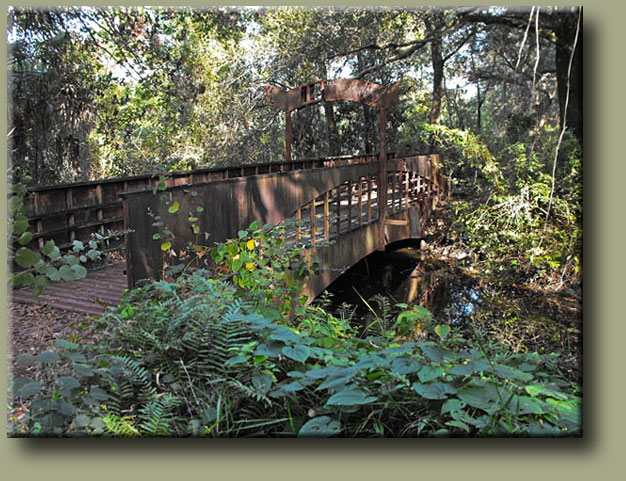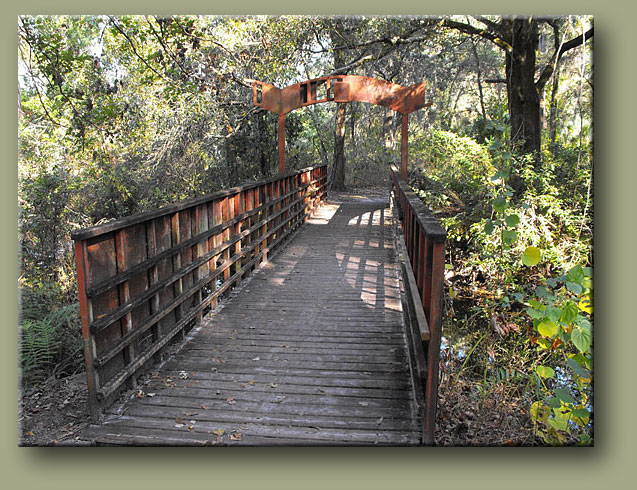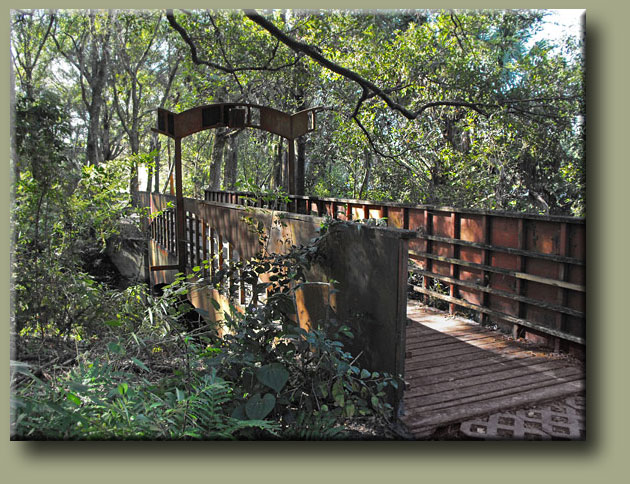
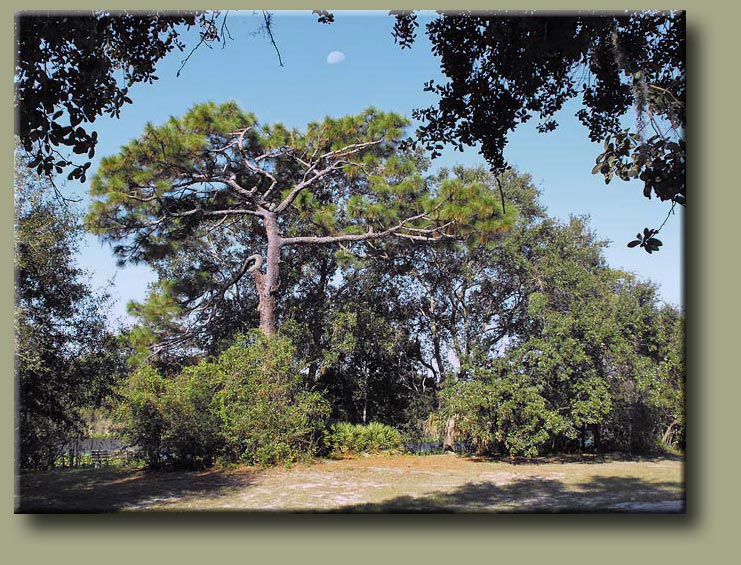


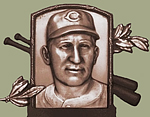 <continued from previous page> Lopez briefly returned to manage 47 games in 1968 for the White Sox and 17 games in 1969, then retired. His 1,410 wins ranked 11th all-time upon his retirement, and his 840 wins with the White Sox still rank second in franchise history, behind Jimmy Dykes (899). He was inducted into the Baseball Hall of Fame in 1977. (Click image to read entire plaque)
AL LOPEZ FIELD
Construction photos courtesy of the
Burgert Bros. collection at the Tampa-Hillsborough County Public Library
Al Lopez Field opened for spring training on March 10, 1955. Its first tenants were the Chicago White Sox, who beat the Cincinnati Redlegs 10-7 on a grand slam by Minnie Minoso before 3,025 fans. Wake up call: Lopez Field was a memorable place
Lopez left the Indians in 1956 and became manager of the White Sox in 1957. Early in one Sox spring training session in Tampa, Lopez got into an argument with umpire John Stevens and was ejected from the game. He proclaimed, "The umpire threw me out of my own ballpark!" The White Sox shared the field with Cincinnati through 1959; from 1960 through 1997 the Sox held their spring training in Sarasota.
The Tarpons played in the Florida State League from 1957 to 1988, when they were sold, relocated, and renamed the Sarasota White Sox.
|
||||||||||
|
"Shown in the boathouse of his Tampa home, Feb. 14, 1961, Chicago White Sox manager Al Lopez checks out his boat while it is still out of the water. The White Sox open their spring training camp at Sarasota on Feb. 27." (UPI photo used in St. Pete Times article on Feb. 17, 1961.)
The Cincinnati Reds used the park for three decades.
President Kennedy at Al Lopez Field On Nov. 18th, 1963, President John F. Kennedy came to Tampa and made a speech at Al Lopez Field at an occasion commemorating the 50th anniversary of Tony Jannus' flight. His next stop after Tampa was Dallas/Ft. Worth.
President Kennedy arriving at Al Lopez Field on Marine 1 with Florida U.S. Rep. Sam Gibbons on the far right and Florida U.S. Senator George Smathers on the far left.
Photo courtesy of the John F. Kennedy Presidential Library and Museum
President Kennedy addressing the crowd at Al Lopez field. Photo courtesy of the John F. Kennedy Presidential Library and Museum. Listen to an mp3 file of JFK's Al Lopez Field speech at the JFK Presidential Library and Museum website
Photo by Tony Zappone - See more photos by Mr. Zappone and read his memories of this event
In 1967, Tampa Stadium was built at a cost of 4.6 million dollars, just northwest of Al Lopez Field.
Al Lopez Field - Photo caption used when this photo appeared in the St. Pete Times on Mar. 2, 1968: "Cincinnati VP/General Manager Bob Howsam (at left) and Tampa officials look over a drawing of the new minor league administration building at Reds Land, near Al Lopez Field. With Howsam are Ralph Chapman (right) of the Greater Tampa Chamber of Commerce and Mike Vigil, who is chairman of the Tampa Seventh-Inning Club, a group of strong Reds' boosters."
New York Jets vs. Detroit Lions, Aug. 7, 1971 See Tampa Stadium History at TampaPix
After the spring session of 1987, the Reds left Al Lopez Field for newer facilities in Plant City, Florida. Even though the Tampa Tarpons reached an affiliation agreement with the Chicago White Sox for the 1988 season, revenue from leasing the ballpark to the Tarpons did not cover expenses and the Tampa Sports Authority would not agree to a lease longer than a year. This also allowed the TSA to move forward on redevelopment plans for the location. Aug. 28, 1988 was the final game at Al Lopez Field; the Tampa Tarpons defeated Port St. Lucie 6-1 (the final two regular-season games were rained out, and bad weather also canceled games in an FSL playoff series.) Demolition on the ballpark began in March 1989 and was completed that May.
The ballpark's former location is now the southeast portion of Raymond James Stadium. Al Lopez Park, formerly Horizon Park north of the stadium, was renamed in Al Lopez's honor in 1992, and a statue of him was erected there. Raymond James Stadium at TampaPix
Lopez died in Tampa on Oct. 30, 2005 at the age of 97, just four days after the White Sox won the World Series for the first time in 88 years--their first pennant-winning season since Lopez led the 1959 team. He had been hospitalized for a heart attack, suffered two days earlier at his son's home. He was the longest-lived member of the Baseball Hall of Fame, and the last living major leaguer to play in the 1920s.
"Vive El Centro" autographed portrait of Al Lopez displayed at the El Centro Asturiano in Ybor City.
See photos of Al Lopez from LIFE Magazine
Al Lopez's childhood home in Ybor City is being turned into a baseball museum. See the Tampa Baseball Museum website.
As part of its Interstate Historic Mitigation Plan, Florida Department of Transportation relocated Al Lopez's former home from 1210 E. 12th Ave. to its new location at 2003 N. 19th St. See photos from this 14 hour trip.
See 1984 video of Tampa Stadium, Al Lopez Field and Ybor City
|
||||||||||
|
AL LOPEZ PARK
Special thanks to Mark Kiser, Birding Trail Coordinator, Florida Fish and Wildlife Conservation Commission, for identifying the bird in this photo.
Visit www.floridabirdingtrail.com
|
|
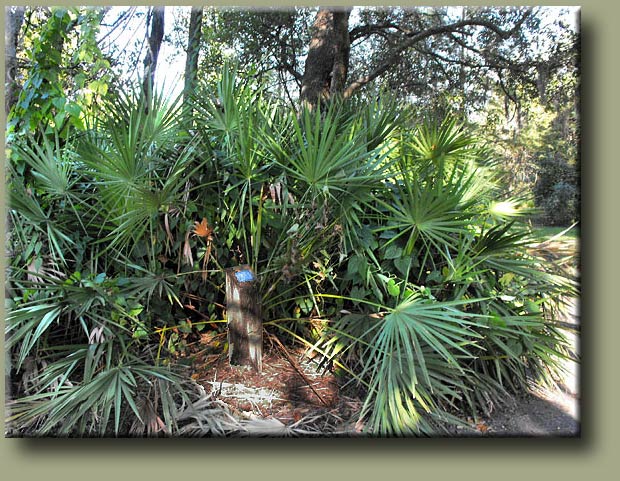
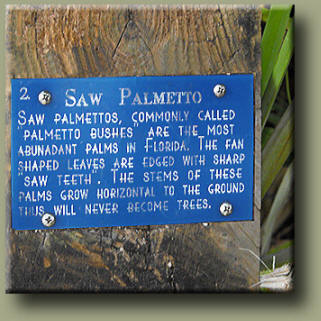
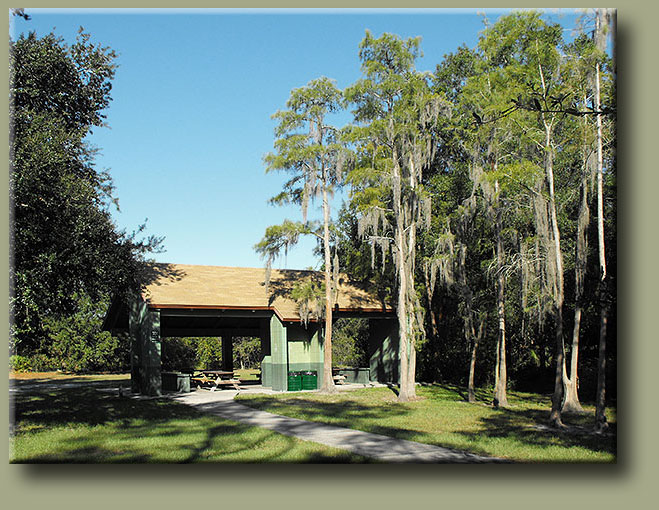
Robert Calvo - "Arcade" (1990)
|
